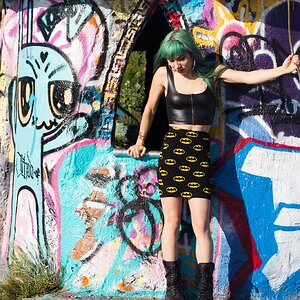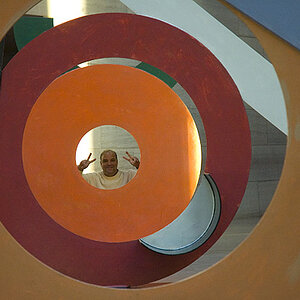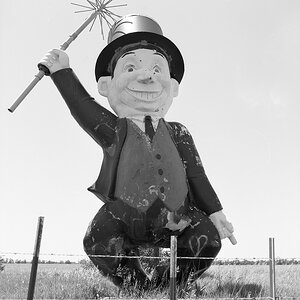Patrice
No longer a newbie, moving up!
I did a test to see just how well a D70 would sync with old speedlights above the 1/500 second default maximum sync speed.
I connected an old Metz 45CT-5 to my d70 and procceded to take exposures all the way to 1/8000 seconds. Everything worked just fine until 1/8000 where I seemed to get a one stop underexposure. I think that at that speed the flash duration is longer that the shutter duration, hence the underexposure. The flash has a 'winder' mode which has a very short flash duration but the power is about 5 to 6 stops less than a full burst. That old flash does not have manually set power settings other than full and winder.
The same phenomenon happened with a newer Metz 45CL-4 (non digital) but the underexposure started happening at 1/4000 seconds. That flash does have 1/2 and 1/4 power settings as well as winder modes which shorten the flash duration.
A Vivitar 285 HV synced without difficulties to 1/4000 and had a 1 stop underexposure at 1/8000.
Here are some photos from the experiment - nothing fancy, just a test. Exif is still attached.
1/500 sec

1/1000 sec

1/2000 sec

1/4000 sec

1/8000 sec

Flash and camera
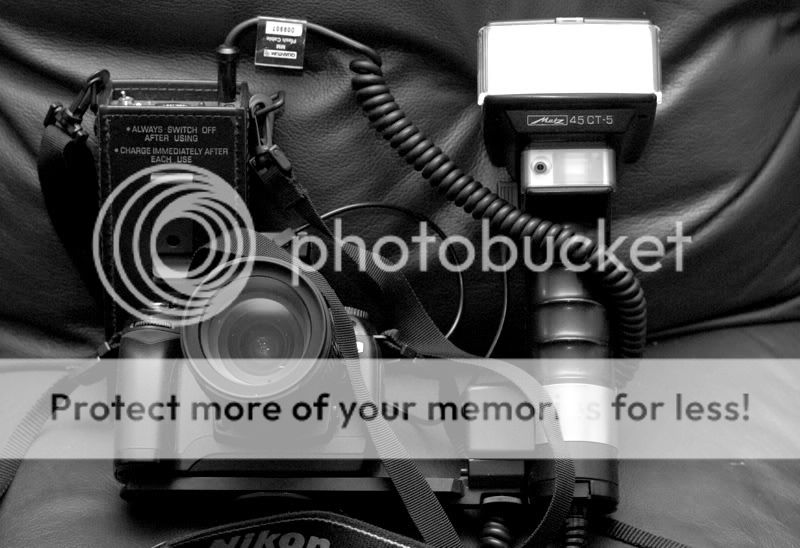
I connected an old Metz 45CT-5 to my d70 and procceded to take exposures all the way to 1/8000 seconds. Everything worked just fine until 1/8000 where I seemed to get a one stop underexposure. I think that at that speed the flash duration is longer that the shutter duration, hence the underexposure. The flash has a 'winder' mode which has a very short flash duration but the power is about 5 to 6 stops less than a full burst. That old flash does not have manually set power settings other than full and winder.
The same phenomenon happened with a newer Metz 45CL-4 (non digital) but the underexposure started happening at 1/4000 seconds. That flash does have 1/2 and 1/4 power settings as well as winder modes which shorten the flash duration.
A Vivitar 285 HV synced without difficulties to 1/4000 and had a 1 stop underexposure at 1/8000.
Here are some photos from the experiment - nothing fancy, just a test. Exif is still attached.
1/500 sec

1/1000 sec

1/2000 sec

1/4000 sec

1/8000 sec

Flash and camera





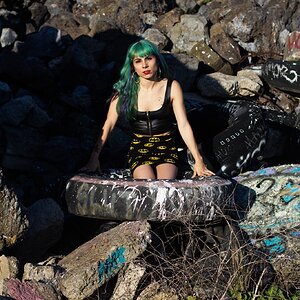
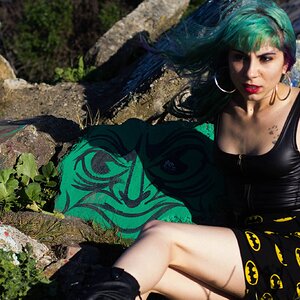
![[No title]](/data/xfmg/thumbnail/37/37535-0e9dcff8bc21e85b84fa89af160ac8d5.jpg?1619738132)
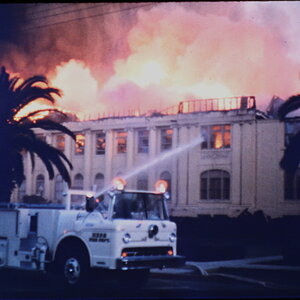
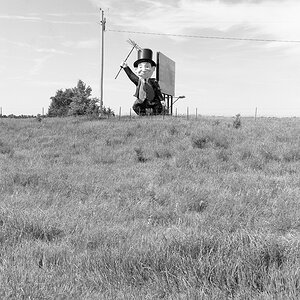
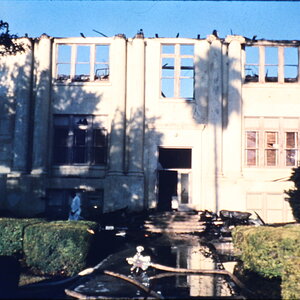
![[No title]](/data/xfmg/thumbnail/36/36668-ac1cd3882e96edd642d568c48ed3e7a5.jpg?1619737676)
